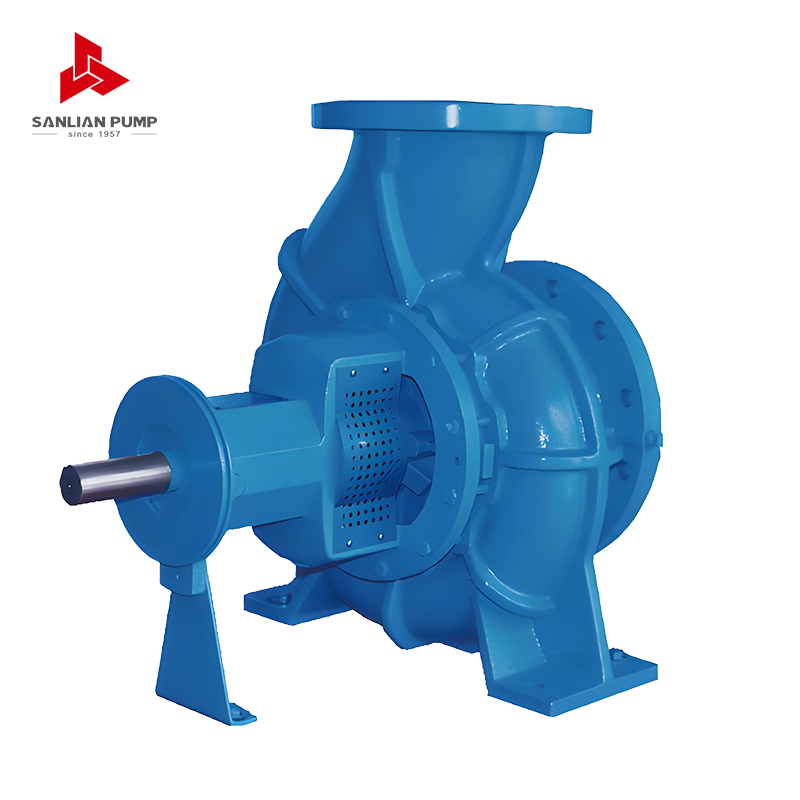Sanlian Pump Industry Group is a manufacturing enterprise based on water supply and drainage equipment. The group company integrates R&D, design, casting, production and sales, and provides customers with modern, digital and intelligent comprehensive solutions for fluid transportation and integrated systems.
How does an end suction centrifugal pump handle different flow rates and pressures?
An end suction centrifugal pump handles different flow rates and pressures primarily through its impeller design, pump speed, and system configuration. Here’s a detailed explanation:
1. Impeller Design and Diameter
- The impeller is the heart of the pump and determines how much fluid can be moved and at what pressure.
- Larger impeller diameters increase flow rates and generate higher pressure (head), while smaller impellers reduce flow and pressure.
- Impeller types—closed, semi-open, or open—also influence performance, efficiency, and the ability to handle solids or viscous liquids.
2. Pump Speed (RPM)
-
Changing the rotational speed of the pump directly affects flow rate and pressure.
-
According to the affinity laws:
- Flow rate is proportional to speed.
- Head (pressure) is proportional to the square of the speed.
- Power requirement is proportional to the cube of the speed.
-
Variable speed drives (VSD) or adjustable frequency drives (AFD) allow end suction pumps to operate efficiently across a range of flow conditions without overloading the motor.
3. System Head and Resistance
- The flow rate and pressure a pump can achieve depend on the system curve, which represents the total resistance of piping, valves, and equipment.
- End suction pumps deliver the required flow and pressure by balancing the pump’s pump curve with the system curve.
- As resistance in the system increases, the flow rate decreases and pressure rises; conversely, lower resistance allows higher flow at lower pressure.

4. Throttling and Control Valves
- In some systems, flow rates are adjusted using throttling valves, bypass lines, or variable frequency drives.
- The pump itself maintains efficiency by operating close to its Best Efficiency Point (BEP), while the system components adjust flow and pressure as needed.
5. Multi-Stage or Parallel Operation
- While standard end suction pumps are usually single-stage, multiple pumps can be installed in parallel to increase flow, or in series to increase pressure.
- This flexibility allows the system to handle varying demands without oversizing a single pump.
6. Self-Regulating Characteristics
- Centrifugal pumps naturally adjust flow based on system demand. If downstream resistance increases, flow decreases and pressure rises slightly.
- Conversely, if downstream resistance drops, flow increases while pressure drops, maintaining system balance without manual intervention.
Summary
End suction centrifugal pumps manage different flow rates and pressures through a combination of:
- Impeller size and type – determining baseline capacity and head.
- Pump speed adjustments – controlling flow and pressure via VSDs.
- System interactions – balancing pump curves with system resistance.
- Parallel or series configurations – increasing capacity or pressure as needed.
This adaptability makes end suction centrifugal pumps ideal for applications such as water supply, HVAC, irrigation, and industrial processes, where flow rates and pressures can vary frequently.








 English
English 中文简体
中文简体 Français
Français Español
Español Português
Português عربى
عربى




 皖公网安备34052302341647号
皖公网安备34052302341647号